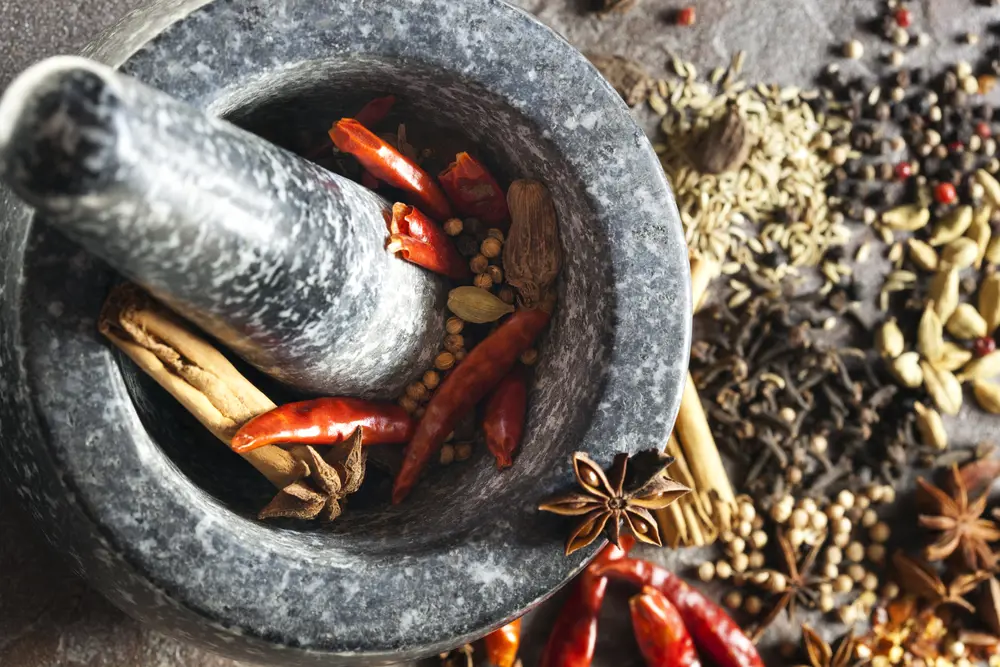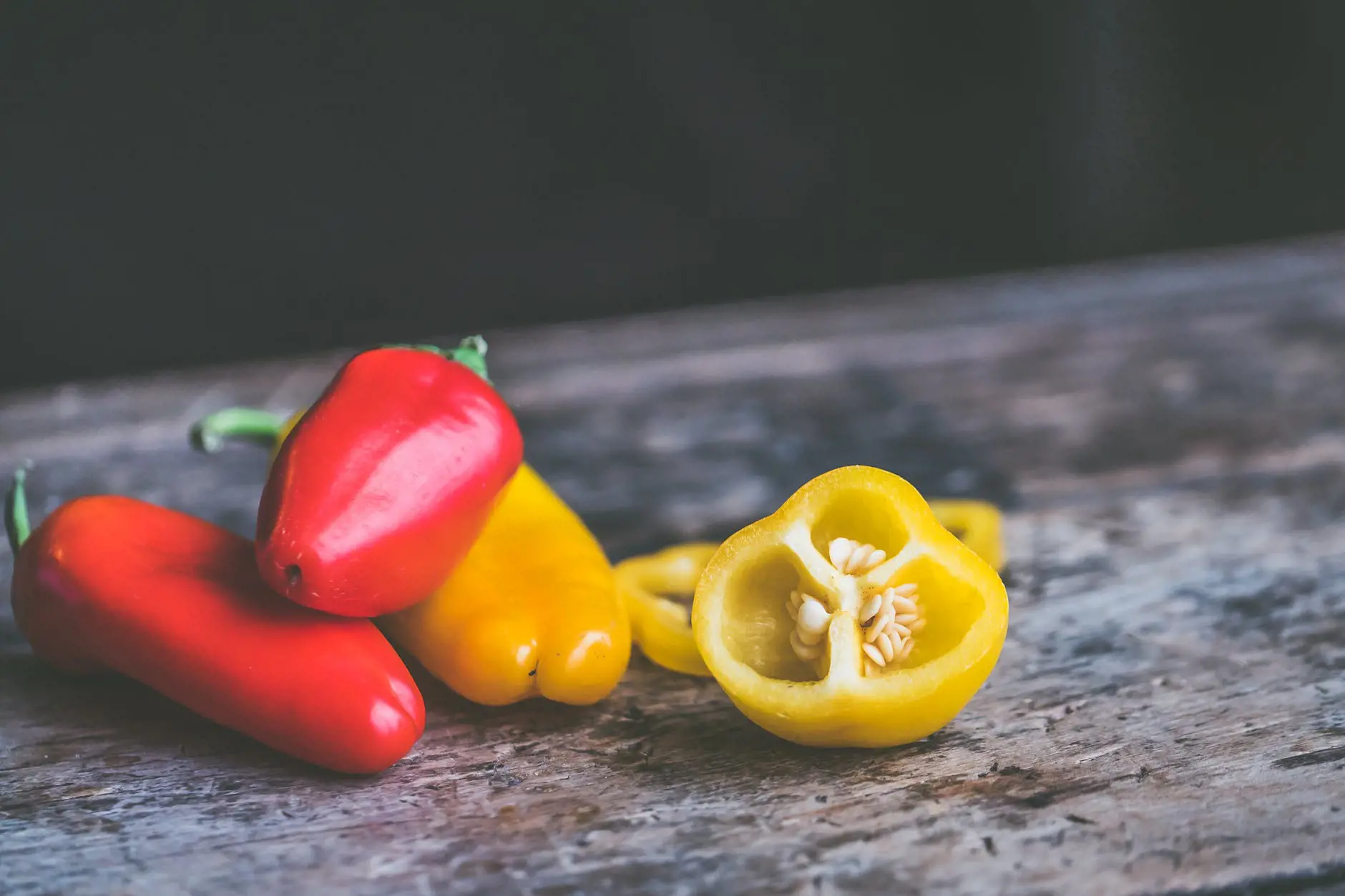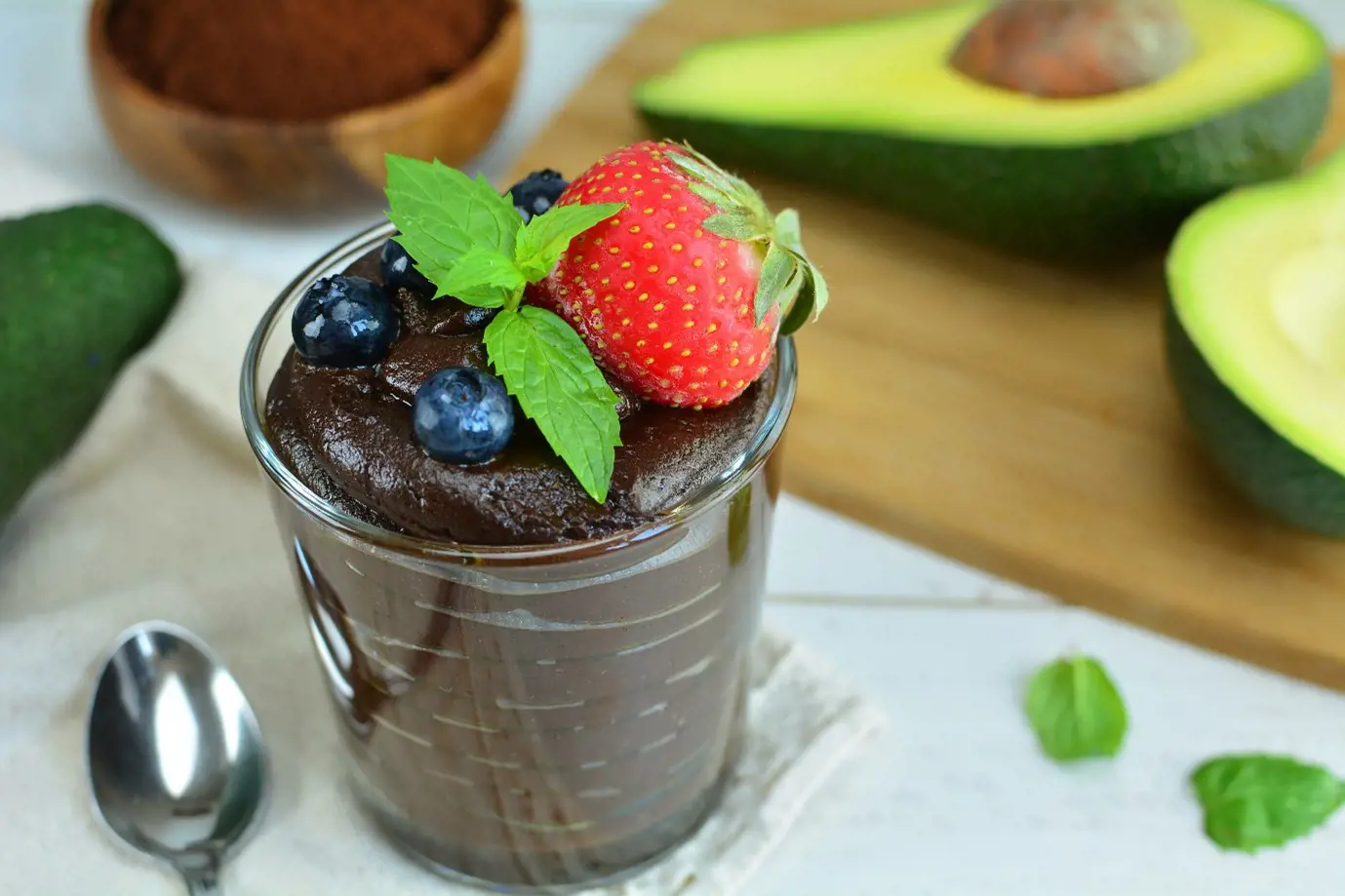
The spice of life, understanding the nutritional benefits of spices
Spices not only enhance the flavour, aroma and colour of a dish, but they have been traditionally used in medical history.
Nutrition
By Bio Island Nutrition Team
Spices have been used for centuries both for culinary and medicinal purposes. Spices not only enhance the flavour, aroma and colour of a dish or beverage, but they have been traditionally used in medical history to help support our bodies many needs, including protecting from illness and healing properties. Today we understand more about how these spices work and research shows they may play a role as an antioxidant, anti-inflammatory, anticarcinogenic and/or maintaining healthy cholesterol levels.
Turmeric:
It is one of our wonder spices. Not only does it pack a punch to our dishes, but it also contains an active component called curcumin. Curcumin has shown to have anti-inflammatory properties, this means it may be effective at reducing pain and swelling. It has also been linked to reducing inflammation in the brain
Cinnamon:
Cinnamon has been used for centuries in tradition Ayurvedic and Chinese Medicine due to its healing properties. There is some evidence that suggests that consumption of cinnamon is associated with short reduction in blood pressure, supporting glycaemic control and potentially offers a supporting role for diet management of type 2 diabetes. It has also shown to have digestive, antimicrobial and anti-inflammatory properties. Particularly cinnamon bark which is regularly used in tea form for treating flatulence and digestive imbalance.
Chilli:
Chilli’s are incredibly versatile as they can be cooked, dried or turned into a powder, they also come in a variety of types such as cayenne and jalapeno. However, they all share the same bioactive compound, capsaicin. Capsaicin plays a role in gut health and weight management, as it has been commonly used to assist with digestive stomach upset, intestinal gas, diarrhoea and cramps. This is because they help stimulate gastric juices and work against the acidity in your digestive tract. In addition to this, it has also used as a natural source of pain relief for headaches, migraines and joint pain. Capsaicin binds with pain receptors and induces a burning sensation that may desensitise your pain receptors over time. Capsaicin also inhibits neuropeptides that are responsible for inflammatory processes.
Black Pepper:
A staple in everyone’s kitchen and table for seasoning. It also contains with manganese and Vitamin K. Pepper stimulates taste buds to get hydrochloric acid going and revving up digestion. Black pepper also has the ability to help transport the benefits of other herbs and spices to different parts of the body, maximising the efficiency of other food we consume. When black pepper and turmeric are consumed together turmeric becomes 5,000 times more bio-available, meaning it helps your body with absorption of nutrients.
Ginger:
High in potassium, magnesium and Vitamin C, also known for its anti–inflammatory, antibacterial and antiviral properties. Most studies support ginger’s properties and effectiveness for helping nausea caused by morning sickness and motion sickness. It may help calm upset stomachs while improving nutrient absorption and circulation.
This information does not take into account your personal situation and is general in nature. You should consider whether the information is appropriate for your needs and seek professional medical advice.
Always consult your healthcare professional before taking any supplements or if any concerns arise.





